Knowing how to purify water at home and in the outdoors is an essential survival skill. The human body can live for over a month without food, but can only last three to four days without water.
One of the first and primary skills survival experts focus on is how to get access to safe, clean, and drinkable water. Water is so essential that it is important to know how to make water safe and drinkable.
If you live in the United States and you get your water from the city, it is mostly safe to drink. If you have a personal well, it would depend on the location and how deep the well is. When in doubt, you should contact your local authorities for location-specific information.
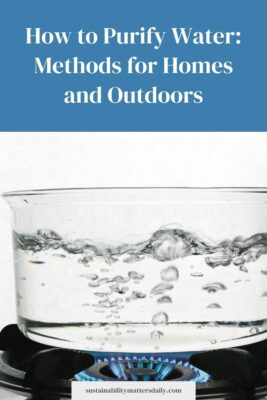
Table of Contents
How to purify water: 14 methods
The following lists many ways to purify water. Each method has its advantages and disadvantages, and depending on the need, how much prep time you have, and access to materials will determine which method is best for you.
However, regardless of what method you use, you will also want to know how other water purification systems work.
1. Boiling
Boiling water is just what is sounds like. You take a pot, fill it with water, add heat until the water boils, and once the water cools it should be safe for drinking. This is a common method for sources of water that may be contaminated with pathogens, bacteria, and other unsafe organisms.
How it works
Boiling water kills unsafe pathogens, bacteria, and other unsafe microscopic organisms that may be living in the water. In areas where the water is known to be infected with these harmful microscopic life, it is important at the very least to boil your water.
What does it remove?
Boiling the water kills harmful microscopic organisms that can make people sick if consumed.
How to do it
Boiling water is straightforward. Some people boil their water just to be safe, even if there is no known pathogens or bacteria issues with the water. You will need a pot to hold the water, and a heat source like a stove. Simply fill the pot with water, and then heat the pot until the water is at a rolling boil. Once the water has cooled again, it is now safe to drink.
Advantages and disadvantages
It is super easy to do. Anybody can boil their water if there is a concern that it may be contaminated with harmful microscopic organisms. It requires no special equipment, and everyone should have some way to boil water.
On the flip side, people who drink boiled water often complain that the water has a metallic taste. Also, this method only deals with eliminating pathogens, bacteria, and other harmful forms of microscopic organisms.
It will not remove any other pollutants that may be in the water such as mud, chemicals, or other harmful materials. It only kills the potentially harmful microscopic organisms.
2. Iodine
Iodine is another method that has been around for a long time to purify water. Using iodine may not have been around as long as boiling water, but it is still a proven method for purifying water quickly and reliably.
How it works
Iodine either comes in tablets that will dissolve in water or in drops. Iodine is the favored method for purifying water in outdoor wilderness survival type settings.
It works similar to boiling water by being very effective at killing harmful pathogens, bacteria, and other microscopic organisms in the water.
What does it remove
Iodine has been proven to be quite effective at killing pathogens, bacteria, and other microscopic organisms from the water. It does not remove other pollutants, chemicals, and other harmful substances in the water.
How to do it
To purify water using iodine, simply dissolve an iodine tablet into water, or put a few drops into the water depending on how your iodine is packaged. There are instructions on how much water should be used per drop or tablet, and should be on the container that your iodine comes in.
Advantages and disadvantages
Using iodine is quicker and easier than boiling water. So in a wilderness situation there is no need to create a fire or use a propane stove, all you need to do is combine the water and the iodine, and the water should now be safe to drink from pathogens, bacteria, and other harmful microscopic organisms.
This is the preferred method of backcountry hikers, who have access to natural sources of water that are free from pollutants, but may still have some harmful microscopic organism living in the water. Iodine is small and easy to carry, and quickly the water is safe to drink.
Iodine will not remove any other pollutants from the water. So, it is important to have a source of water that is pollutant free, and just needs to be treated for harmful microscopic organisms.
Also iodine can be toxic if taken in large amounts, and some people have an iodine allergy. If someone has an iodine allergy, is pregnant, or has a thyroid issue, then iodine should not be used to purify their water.
Also, it can discolor and change the taste of the water. Many find this unpleasant enough, to discourage use of iodine to purify their water.
- One Bottle Of 50 Potable Aqua Water Purification Tablets And One Bottle Of 50 Potable Aqua Pa Plus Tables
- Water Purification Tablets Make Questionable Water Bacteriologically Suitable To Drink In Emergency Water Situations
- These Water Purification Tablets For Drinking Water Leaves No Iodine Taste Or Color In Your Emergency Water, When Used Correctly.
- Portable Water Treatment Tablets Are Effective Against Bacteria And Giardia Lamblia, For Trusted Emergency Water Purification
- Water Treatment Tablets Offer Emergency Water Purification For Hiking, Travel, And Natural Disasters, And Ideal To Keep With Camping Accessories
3. Chlorine
Chlorine plays a major role in most modern water purification systems for cities and other municipal water sources. It has become essential to treat most municipal water systems, and may be used in a survival situation carefully when a source of water may have become compromised.
How it works
Chlorine is an efficient choice to kill harmful microorganisms that could be living in the water. It if effective enough for large-scale use, and may even be used in survival situations.
Chlorine works by killing the harmful pathogens, bacteria, and other microscopic organisms that can be living in the water.
What does it remove
While it kills deadly microscopic organisms that may be contaminating the water, it does not remove any particles or other pollutants.
So using chlorine to purify the water may need to be treated also to remove any other pollutants that would still render the water unsafe to drink.
How to do it
If the water cannot be boiled, and there is no access to iodine, then regular household bleach can be used to make water safe to drink from harmful microscopic organisms.
However, this must be done with great care because too much can be harmful. Using unscented laundry detergent, or unscented bleach is the yields the best results. It takes about 8 drops of bleach per five gallons of water.
Advantages and disadvantages
The advantages of this method are that it will definitely kill all the pathogens, bacteria, and other microscopic life that could be harmful if consumed.
If mixed properly and in the right amounts it also does not significantly alter the taste of the water. Most cities use chlorine in their municipal water systems, because it does not change the look of the water, and does not alter the taste of the water. Because of this, cities use chlorine with some type of filtration system to take care of their cities water.
The biggest disadvantages to using chlorine long term to purify your source of water is that there may be some long term health effects of consuming to much chlorine.
This is an emerging area of research, but some experts warn that chlorine in the water could be leading to some serious health concerns. Also, chlorine does nothing to filter out other pollutants in the water.
4. RO machines
Reverse Osmosis (RO) machines used a water pump, and a semi-permeable membrane to rid the water of pollutants.
How it works
Reverse osmosis machines are whole-house, under-counter, or countertop appliances. It is not a passive system, but uses a pump to build up water pressure to force the water across a semi-permeable membrane.
This removes many of the microscopic organisms that are in the water, as well as many pollutants that are in the water.
What does it remove
It removes from the water most of the pathogens, bacteria, and other harmful organisms in the water. While it does not kill these microscopic organisms, it may remove some of a certain size (depending on the type of filter). It also removes many of the pollutants that are in the water as well, such as fluoride, chlorine, sediments, salt, pollutants, herbicides, and pesticides.
How to do it
Using a water pump, the machine pumps the water across a semi-permeable membrane. As the water if forced across this membrane, it leaves behind various pollutants. Some of these machines can take out some microscopic organisms if they are large enough; however, most machines do not.
Advantages and disadvantages
If you are getting your water from some type of city municipal water system, then it should already be treated for harmful microscopic organisms. This system will then take out other unwanted contaminants such as sediments, chlorine, and fluoride.
While this works great if you live in a city or there is another water purification system that is already at work, this is not enough to be the sole means of purifying water.
It needs to be used with another system that will clean out the harmful microscopic organisms. Also, it needs a reliable source of electricity to work, which may not readily be available in a survival situation.
5. Gravity filters
A gravity filter uses gravity to pull water through a filter, which is used to purify the water. The process can be time-consuming, and the materials may be somewhat expensive.
Also, this is possible as a DIY project, and many people in long-term survival like situations will use some type of gravity filter for their long-term water needs.
How it works
A gravity filter simply uses gravity to pull water through a filter. This is a passive yet time-consuming activity, when done correctly should yield perfectly good drinking water.
The concept of a gravity filter is similar to how the earth purifies water over time. In nature, as water sinks through layers of soil, rocks, and other substrate, the water is slowly cleaned.
When the water eventually emerges in a natural artesian spring it is pure, and generally safe to drink without being treated further.
What does it remove
A gravity filter will remove pollutants and all types of particulate matter. If constructed properly, it should also be able to remove many bacteria and some microscopic organisms.
How to do it
You can buy portable gravity filtration systems, that require no power. This is ideal in any survival situation, or for living off the grid. If you are in a situation where you need to create your own gravity filter, then you can create your own relatively easily. You would need at least two containers, one on top of each other.
The bottom container catches the water once it has gone through your gravity filter. The top container should feed into the bottom container, and this should have all of your layers that your water that should pass through.
It should have a mix of layers such as charcoal and stones, this will be the filters that the water will slowly pass through.
This takes a bit of trial and error at first to get right, but you can also consult the internet where many people have put up detailed plans for free. Also, many reputable vendors sell high-quality gravity filters.
Advantages and disadvantages
One of the greatest advantages of the gravity filter is that it can be built with relatively inexpensive materials, and is the most natural way to purify water. Also, there are some great table-top gravity filters that are available for sale online.
The gravity filter requires no power, and as long as you have time, then it is an extremely efficient water purification system.
The biggest disadvantage is that it will remove most but not all potentially harmful organisms. Also, the homemade versions tend to be fairly large and are not easily portable.
The ones that are available for sale has changeable filters that tend to be expensive, and the filters need to be replaced regularly to remain effective.
- High-capacity, gravity-fed, hollow-fiber water filter system is ideal for group and family camping, outdoor adventures, and emergency preparedness
- Meets all EPA/NSF guidelines for removal of 99.9999% of bacteria and 99.9% of protozoa, including giardia, cryptosporidium, E. coli, salmonella, cholera
- No pumping required; reservoir fills easily and hangs from a tree to deliver four liters of filtered water for cooking and washing in 2.5 minutes
- Includes 4-liter dirty water reservoir, 4-liter clean water reservoir, hollow-fiber microfilter, hoses, shutoff clamp, and storage sack
- Replaceable cartridge filters up to 1,500 gallons; produces flow rate of 1.75 liters/minute; kit weights 11.5 ounces; made in the USA
6. Make a DIY filter
It is fun and easy to make your own water filter at home. You can use items that you most likely have lying around the house to make a water filter that will get a lot of dirt and other pollutants out of your drinking water.
How it works
This DIY filter is going to use gravity and some materials you most likely have already to make a filter. First you will gather a soda bottle, a coffee filter, some cotton balls, activated carbon (or charcoal), sand, and some small pebbles. Now, even if you do not have these items at home, they are readily available.
The activated carbon may be the hardest to find. However, you can either make your own with some charcoal (and other ingredients), or buy some at any local pet store.
What does it remove
This DIY filter should remove all the big stuff out of the water. It should clean out all of the dirt, sediment, and other large pollutants from the water.
It will not address harmful microscopic organisms or harmful chemicals that may be in the water. So if this is used to drink pond water for instance, then this should still be boiled first to kill all of the harmful microorganisms.
How to do it
Cut off the bottom of the soda bottle and turn it upside down. Open the soda bottle and put the coffee filter over the nozzle of the bottle to keep everything in the bottle and to have a bit of extra filtration.
Then create a layer with the cotton balls, a layer of activated carbon, a layer of sand, and a layer of small pebbles. Once all your layers are in place, the filter is ready to be used.
Since the bottle is upside-down, it should be hung and allowed to drain into a bucket or bowl.
Advantages and disadvantages
The greatest advantage to this method is that anyone can do this. It is a cheap and easy filter that anyone can make with a bit of work, and a quick trip to the store. This is a great DIY project if a situation arises that calls for being able to purify water at home.
The biggest disadvantage to this is that is a painfully slow method of filtration, and the water will still need to be boiled or treated to deal with potential microorganisms that could be harmful. However, this is an effective water filter, and it is a great DIY project to learn more about how water filtration works.
7. Pitcher filters
A pitcher filter uses some type of ceramic or carbon filtration system that is inside a water pitcher. This is probably the most common type of water filter. They are a convenient and relatively quick way to enjoy good quality filtered water.
How it works
A pitcher filter works by using a filter element that is embedded into the top of the filter. Water is poured into the top of the pitcher, where it is then passed through a filter to the bottom of the pitcher.
After the water is gone from the filter section, then the pitcher is ready to use. The filter element is typically made of activated carbon and works through absorption, and the filter must be replaced every few months or so.
What does it remove
This will remove large sediments and pollutants. It will normally not remove any type of microscopic organisms. However, if there is a heavy water issue such as lead, copper, or mercury in the water then this is a great solution to remove large pollutants from the water.
How to do it
A pitcher filter needs to be bought from a store or other online vendor. It is similar to a gravity filter as it uses gravity to pull the water though its filter, but it will not filter as many things out of the water as a good gravity filter.
Advantages and disadvantages
In terms of convenience, the pitcher filter is one of the best options. The pitcher filter if very popular, especially for people in cities who have access to municipal water that have been treated for microbes, but want to remove things that municipal water systems do not deal with, such as certain metals, chlorine, fluoride, or other materials that could be in the water.
8. UV light
UV Light purifies water that may be unsafe because of microscopic organisms using ultraviolet light. This is a water filtration system that does not deal with pollutants, but deals exclusively with microorganism.
How it works
It uses ultraviolet light that is harmful to microorganisms that may be in the water. It scrambles the microorganisms DNA so that they can no longer reproduce.
The biggest danger in drinking water contaminated with microorganisms is that when many of them find their way into a person’s digestive track, they settle down and begin to reproduce.
This can lead to a person drinking the water infested with these microbes to become sick or even seriously ill. The ultraviolet light renders the organisms unable to reproduce, and they will simply pass through your system.
What does it remove
It does not truly remove anything. Instead, it sterilizes the microorganisms that could be in the water so that they cannot reproduce inside a person and make them sick.
How to do it
This is not a do-it-yourself type of project. This needs to be bought from a retailer that specializes in producing ultraviolet light to treat the water for microorganisms.
Advantages and disadvantages
While if you already have access to water that is free from pollutants, and only need to deal with a microorganism contamination issue, then this is a great solution. It does not take a lot of power, and it leaves in some health microbes that are actually healthy for the human body to consume.
The main disadvantage is that it is not actually taking anything out of the water, or adding anything that could be helpful. This needs to be paired with some other type of water filtration system that will take out all the other pollutants in the water.
9. DIY solar distillation (evaporation trap)
Knowing how to use solar distillation to create your own evaporation trap can be crucial in a life or death survival situation. The evaporation trap, uses a process that takes place naturally on earth, that naturally filters water of both pollutants and microbes. It can be made with a variety of materials that could easily be available in a survival situation.
How it works
It works by using evaporation to naturally separate water from contaminants, pollutants, and microbes. It uses the sun to heat the water and cause it to boil off as steam. Then a collector is used to collect the pure clean water, while the contaminants tend to rest on the sides of the evaporation trap.
What does it remove
An evaporation trap will remove both microbes and pollutants is used correctly. An evaporation trap does not make a lot of water, but in a survival situation, even a bit of water can make the difference between life and death.
How to do it
While you can buy a solar distillation (evaporation trap) commercially as a survival kit that you can take with you for emergency situations, an evaporation trap is something that you can easily make on your own from materials readily on hand.
This can be made by digging a hole and using a tarp, or using some water bottles duct tapped together. There are a lot of great DIY evaporation trap projects online.
Advantages and disadvantages
The main advantage is that with a bit of knowledge, and some very common materials, there should always be access to reliable water, no matter what conditions are going on.
While this is not the easiest way to get purified water, with a bit of practice this can be a reliable source of water in even the harshest conditions.
10. Survival straws
A survival stray is a device that can used to drink water from almost any source. It is often used by those who engage in outdoor wilderness activities, who may be far from more reliable sources of water. It is a great tool to be a part of any survival kit, and can mean the difference between life and death in survival situations.
How it works
The survival straw works through suction. When a person sucks on the straw, it draws the water up through a microfiber filtration device that removes contaminants. This is a powerful tool that uses a natural suction power to filter a source of water, and makes it safe for its user to drink.
What does it remove
The survival straw removes bacteria, parasites, and microplastics. It does not remove salt and other dissolvable substances that may be in the water.
How to do it
The survival straw is not a DIY project and should be purchased from a reputable vendor. These durable and lightweight survival tools last a long time, and most are good for slurping up over 1,000 gallons (3.79 m³) of water before needing to be replaced.
Advantages and disadvantages
The main advantage of this product is that it is extremely portable, and can easily be packed to be used in any type of survival situation. It may not be able to purify salty water, but in a pinch it can be used to safely drink many natural put unsafe sources of water that may be encountered.
The main disadvantage is that you will need to pack this beforehand. This is not something you can build on your own, and will need to be purchased in advance.
Also, the survival straw is useless for taking out substances that fully dissolve in water, such as salt. It will not be good for purifying ocean water, or recycling urine.
- Removes Bacteria & Parasites: The Microfiltration Membrane Removes 99.999999% Of Waterborne Bacteria (Including E. Coli And Salmonella), And 99.999% Of Waterborne Parasites (Including Giardia And Cryptosporidium)
- Removes Microplastics: Removes The Smallest Microplastics Found In The Environment (Down To 1 Micron), And Reduces Turbidity Down To 0.2 Microns
- Rigorous Testing: All Claims Are Verified With Laboratories Using Standard Testing Protocols Set By The Us Epa, Nsf, Astm For Water Purifiers
- Long Lifetime: The Microbiological Filter Will Provide 4,000 Liters (1,000 Gallons) Of Clean And Safe Drinking Water With Proper Use And Maintenance
- Make An Impact: For Every Lifestraw Product Purchased, A School Child In Need Receives Safe Drinking Water For An Entire School Year.Bpa Free Materials
11. SODIS (solar water disinfection)
Solar water disinfection developed in the 1980s to be an inexpensive solution to purifying water. It uses a clear plastic bottle and the sun to purify water from potentially harmful micro biological organisms.
How it works
The procedure is relatively straightforward and easy to execute. Simply fill a plastic bottle or other container with the water you wish to purify. Close the bottle then give it a good shake to oxygenate the water, and then place the bottle out in the sun. Leave the bottle out for around six hours on a sunny day, and up to 2 days if it is cloudy.
The ultraviolet light from the sun, and heating the water, should make the water safe from dangerous microbes that may be in the water.
What does it remove
The process of solar disinfection should damage any microscopic organisms that are in the water, and render the hazardous microbes harmless. They will still be in the water, but they will no longer be able to cause disease by reproducing in the body.
How to do it
Solar disinfection is an easy process to do, and can be done with items that should be readily on hand. In a survival situation, keeping a plastic bottle on hand can come in handy.
If there is a water source that needs to be made safe for drinking, then it is easy enough to do use solar disinfection as long as a bottle is handy, and the sun is cooperating.
This has also been used in developing nations as a means to disinfect large quantities of water for drinking, to help stop the spreading of infectious diseases from pathogens, bacteria, and other microbes in the drinking water.
Advantages and disadvantages
The biggest advantage of this method is that it can be used to make a lot of water, and to make it relatively passively. You are only limited by the amount of clear plastic bottles you can find, and by the amount of sunlight you have during the day.
Once you set up the solar disinfection system, it frees you up for at least 6 hours or so to do other tasks. Also, in many countries where there are no reliable water treatment services, this method has literally saved thousands of lives.
Perhaps the biggest drawback to this method is if there are other concerns with the water besides microorganisms. If there are other pollutants in the water such as loose sediments, fluoride, chlorine, fertilizers, herbicides, or other chemicals, then this method will not clear them out of the water.
The water will have to be filters by some other means as well to get those pollutants out. Also, it does take about two days when the weather is cloudy, so it is not the most efficient method for purifying water.
12. Ozonation
Ozonation is a process by which ozone is added to water by an ozonation machine. Ozone, also known as molecular oxygen, is the most stable form of oxygen, with oxygen being chemically bonded to itself. Ozone has a lot of purported health benefits.
How it works
Ozone is added to water by treating the water in a machine that is designed to add ozone to the water through a process of electrical discharge.
This process would happen naturally in the environment by a high electrical discharge such as a lightening strike. However, an ozonation machine can be used to create this type of water.
What does it remove
This process can be used to add a negative charge to the water, which may have some health benefits, and it is also very useful at dealing with harmful microorganism without adding harmful chemicals.
How to do it
You can purchase an ozonation machine for home use. This is a system that needs to be plugged in to be used, and so in a survival situation it will not be of much use. However, many people have a countertop machine at home, and enjoy this water very much.
Advantages and disadvantages
The biggest advantage to this method is treating the water for dangerous microorganisms without having to use harmful chemicals, boiling the water, or other methods to deal with the potential dangerous microorganisms.
Also, many enjoy the taste of this type of treated water, and there may be some great health benefits as well.
The biggest drawback to this method, of course, is that it is a fairly large appliance that needs to be plugged in to do its job. This can be a real setback in a survival situation, but it should be fine for regular home use.
13. Purifying with plants
It is a little known fact that certain plants can be used to make water safe to drink from potentially harmful microorganisms.
How it works
Purifying water with plants works by soaking the plants in the water. This releases naturally occurring antimicrobial substances into the water, that kill the harmful microorganisms. This will make your water safe to drink from harmful microorganisms.
What does it remove
This method will deal with harmful pathogens, bacteria, and other microscopic organisms. However, it will not deal with dirt, sediments, or other pollutants in the water.
How to do it
There are a variety of plants that will purify water when soaked, and these include:
- Banana Peels
- Fruit Peels
- Jackfruit Seeds
- Reeds
- Bulrushes
- Rice
- Coconuts
- Java Plum Seed
- Moringa Oleifera
- Oregon Grape
- Other Citrus Fruits
Advantages and disadvantages
The biggest advantage to this method is that it naturally deals with harmful microorganisms in the water, and often adds a nice flavor to the water.
This takes extensive knowledge of local plants, or access to these from a local grocery store. However, it is a great way to add flavor and improve the quality of your water, especially for at home use.
The biggest disadvantage to this technique is that in a survival situation, a vast knowledge of identifying wild plants is needed. Identifying plants in the wild is not east.
Also, many of these plants are specific to certain geographic locations, so unless you are in the right place, at the right time, then this may not help much.
14. Sedimentation
Sedimentation is a physical water treatment process that uses gravity to remove pollutants such as rocks, dirt, and other large solids from water.
How it works
This process takes place in sedimentation tanks or basins. As dirty water if brought into the basins it is moved through the tank with a steady current. As the water passes through the sedimentation tank large solids settles to the bottom of the tank.
As the water moves out to the sedimentation tank it leaves these large pollutants at the bottom of the tank, and the cleaned water is now ready for further treatment and filtration. This is usually one of the first steps in a large municipal water treatment procedure.
What does it remove
It removes large pollutants such as dirt, rocks, and other large solids from the water. However, the water is still not fit to drink, and must be further processed for both harmful microorganisms, and further filtered for other solids that may still be in the water.
How to do it
This process takes advantage of a physical property where sediments in water tend to sink to the bottom of a tank. This allows the layer of sediment (or muck) at the bottom of the tank to be separated from the partially cleaned water near the top of the tank.
This is accomplished through a mechanical device actually scraping away the muck at the bottom of the tank, and the cleaner water flowing out of the tank. After the water passes through several of these types of tanks, it should be ready for further processing.
Advantages and disadvantages
The biggest advantage of this method is that it takes advantage of the physical properties of sediments in water’s tendency to sink to the bottom.
Once this system is set up, it can go a long time without further maintenance, and makes it easier for further filtration and dealing with any harmful microbes that may be in the water.
The biggest drawback to this method is that it takes large tanks to make this practical, and the water is still not considered safe to drink after going through sedimentation, and will still need further processing.
Conclusion
Learning how to make water safe is an important survival skill. Whether you are at home or outdoors, it is vital to understand how to purify any source of water.
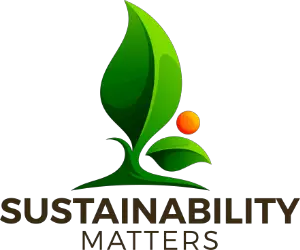
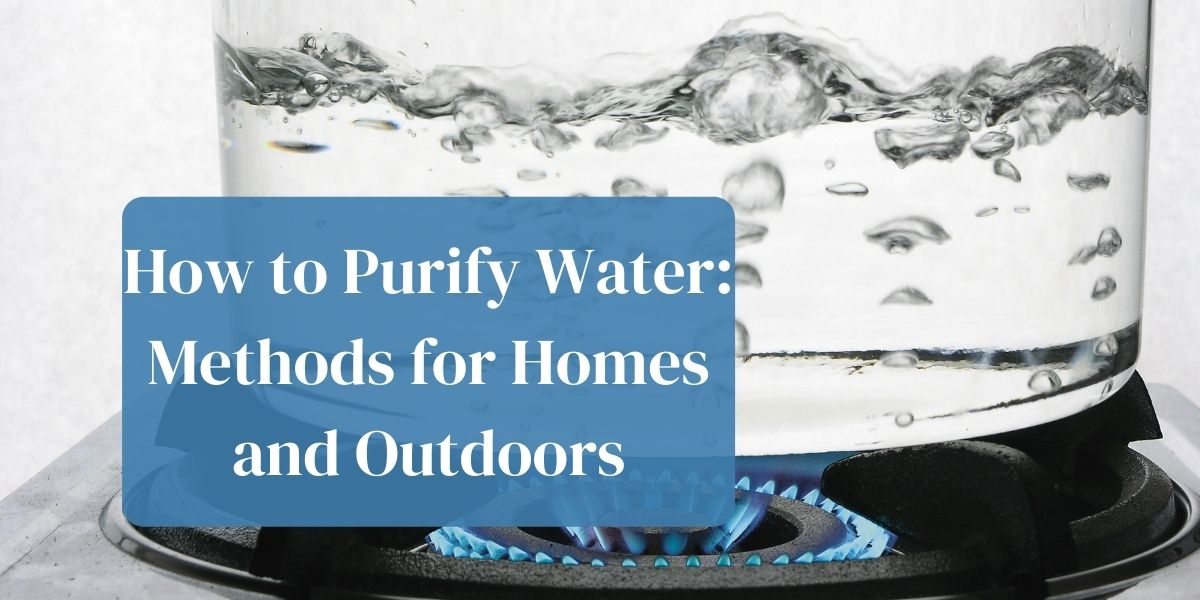



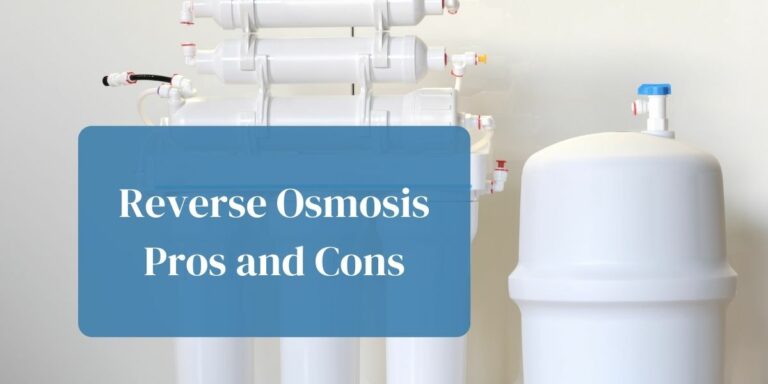
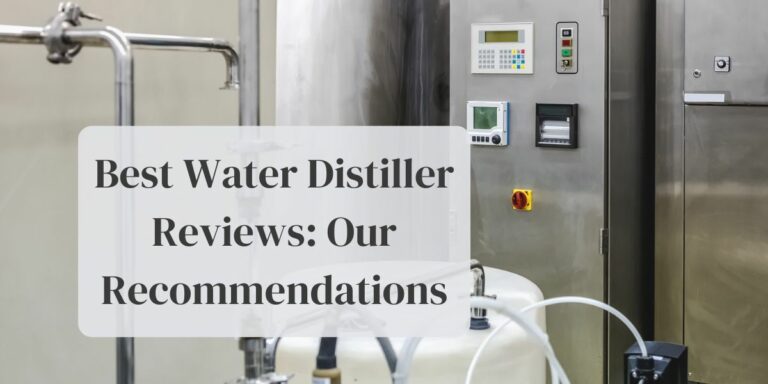

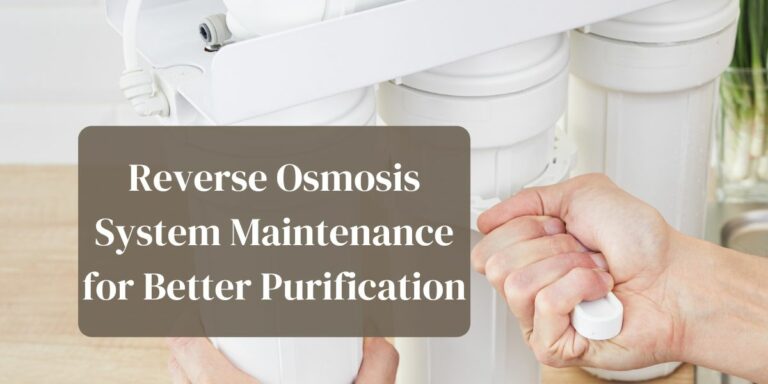
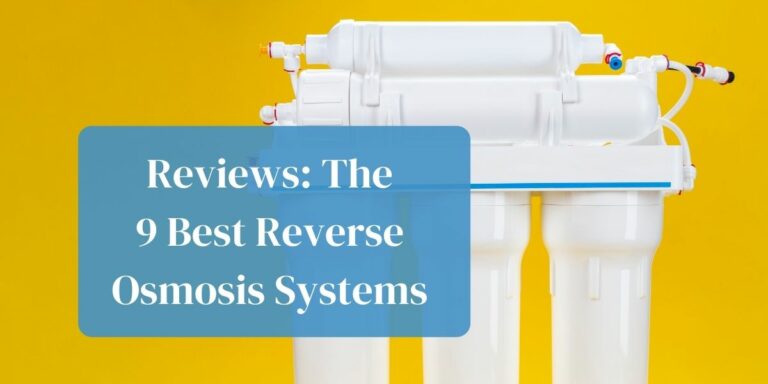
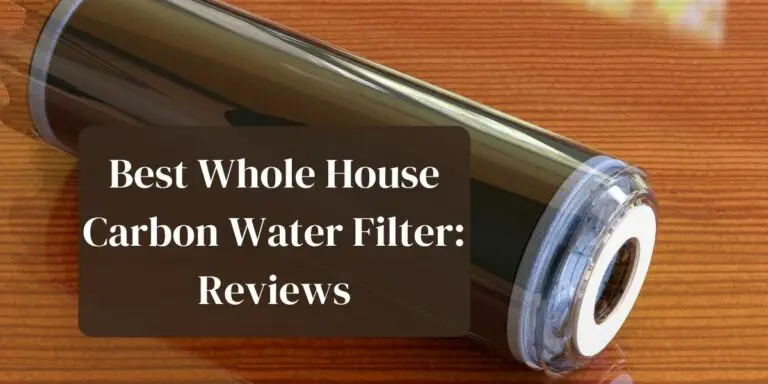

That was great I need to lear some more details and do the practical part because I wa to live in the rural are and there isn’t a river near thanks alot for the info